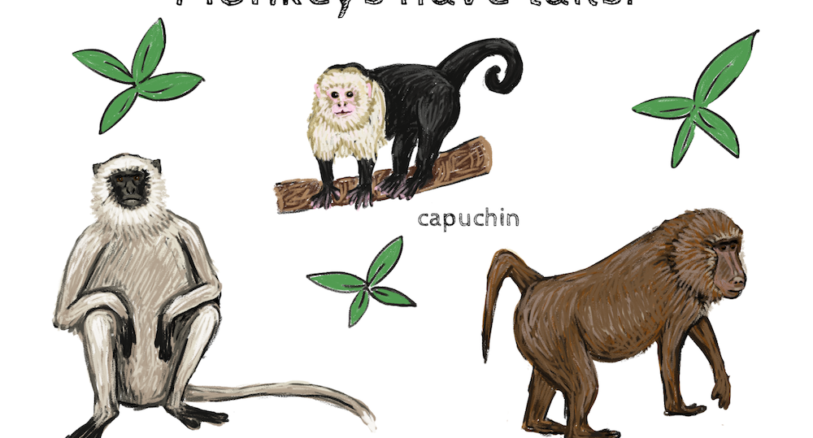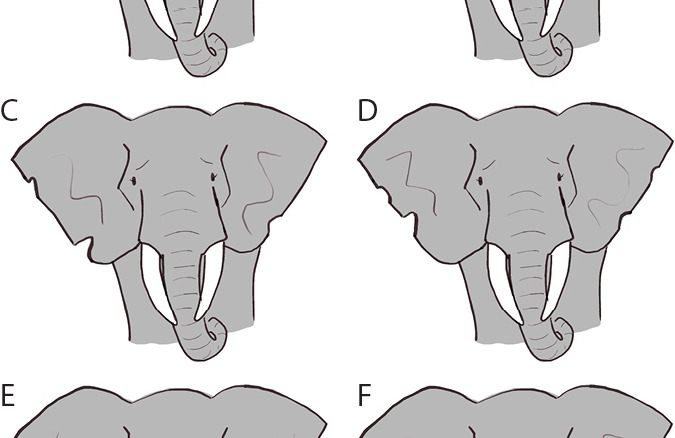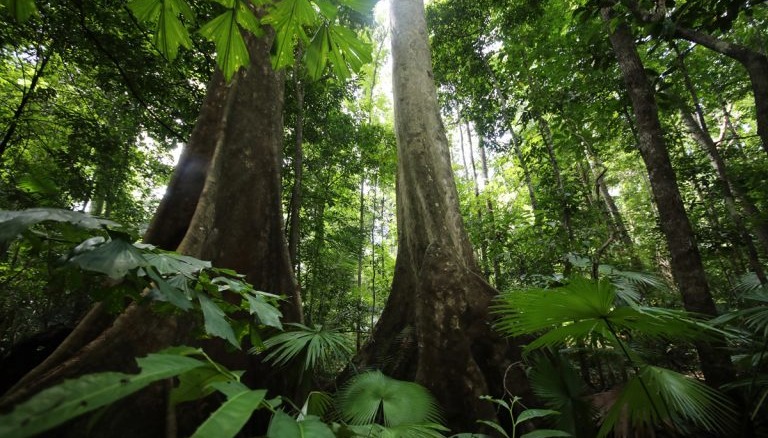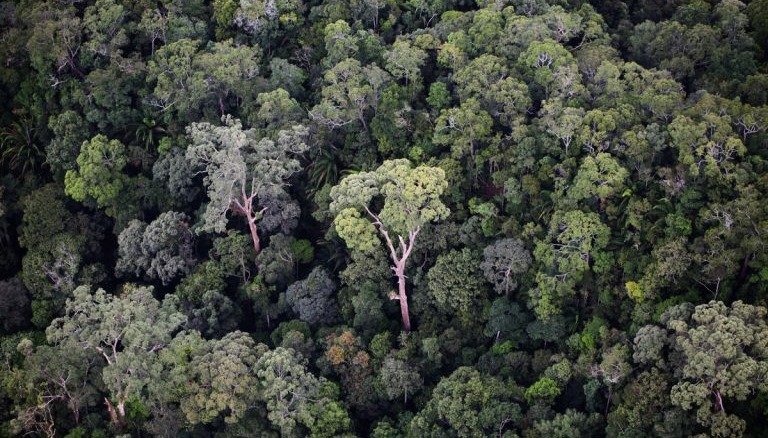Have people discovered every species of plant on Earth? Not even close!
Scientists estimate that only 10% of all species on the planet have been described, leaving many more species of plants to be discovered.
Scientists have not even identified all of the plant species that they themselves have collected for museums and botanic gardens. Botanists (scientists who study plants) collect plants from habitats across Earth and deposit them in herbariums (also called herbaria). A herbarium is a collection of (mostly) dried plant samples that is used to study plants and document where they were collected. Botanists can use herbarium samples to investigate many questions about plant anatomy, ecology, and conservation.
Sometimes plant samples are collected, dried, and stored in herbariums and not studied for many years. By looking through herbarium samples, botanists sometimes discover new species of plants that are literally hiding under their noses.
Researchers discover new ferns!
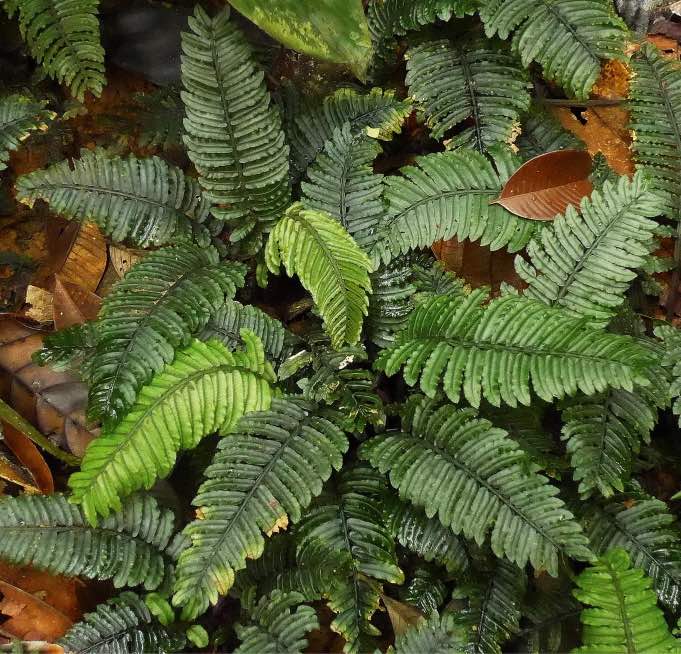
Danaea gracilis is a small (10cm) fern found along the Pacific coast from Ecuador through Colombia to southern Panama. Photo by Patrick Blanc from Keskiniva & Tuomisto 2022
Researchers studying tropical ferns from the forests of Panama, Colombia, Ecuador, and Peru looked at herbarium samples that had been collected across a span of time from the 1800s to the early 21st century. They studied ferns in the genus Danaea, and discovered six new species of Danaea ferns that had never been described for science before.
The fern researchers observed that the new fern species were not unnoticed because of their size. “The described species are no tiny or unnoticeable creatures. They range from 20cm to 2m tall” — from 8-79 inches — “and some of them are very common locally,” said Janina Keskiniva, one of the discoverers of the newly described species.
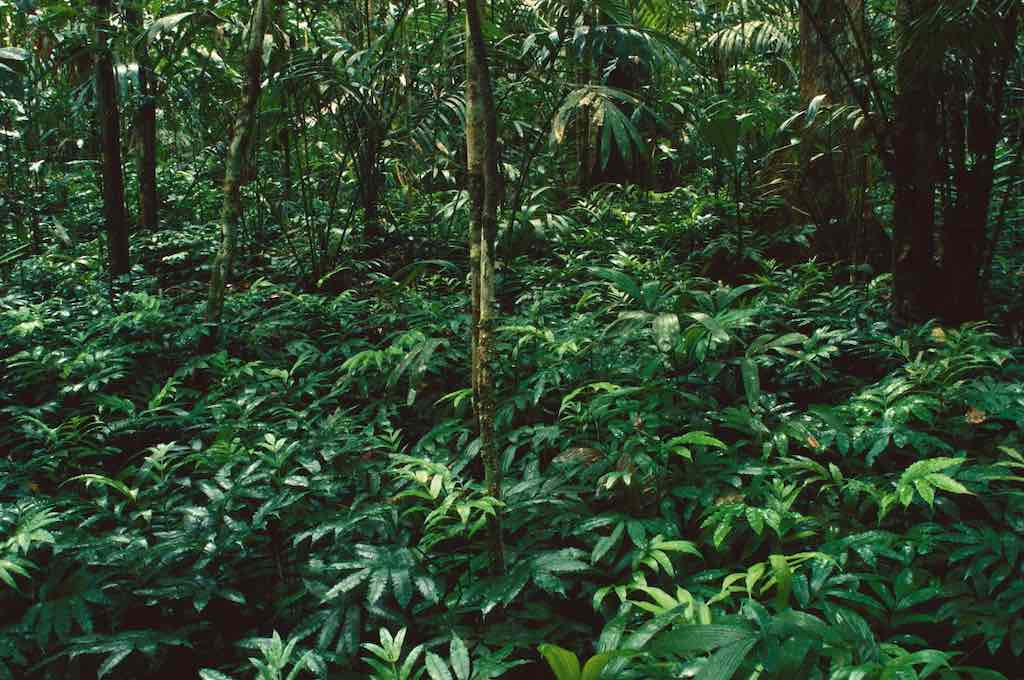
Danaea alansmithii grows in thickets. Here it is seen in Colombia in Río Caquetá. Photo by Hanna Tuomisto from Keskiniva & Tuomisto 2022
Explore herbarium specimens yourself!
If you are interested in discovering new plant species, then learning about where your local herbarium is is a great start. You can see if the herbarium hosts tours and find out what research they are doing there.
If you don’t have a herbarium near you, you can go online to view botanical specimens from around the world. Visit the giants of the Amazon rainforest, see the thorny trees of the Serengeti, or inspect the smooth-barked eucalypts of Australia!

Photo: State Herbarium of South Australia. CC BY-NC-SA
Here are several online botanical collections you can visit:
(You will need the help of a parent or educator to navigate these resources.)
Global Biodiversity Information Facility
Smithsonian Museum of Natural History
The Herbarium Catalogue, Royal Botanic Gardens, Kew
Australasian Virtual Herbarium
Fairchild Tropical Botanic Garden
Natural History Museum, London
This Wild News story was adapted from an article by Liz Kimbrough, published on Mongabay.com:
Citation:
Keskiniva, J. S., & Tuomisto, H. (2022). Six new species of Danaea (Marattiaceae) and the synonymisation of Danaea quebradensis. Kew Bulletin, 77(1), 189-210. doi:10.1007/s12225-022-10011-w

